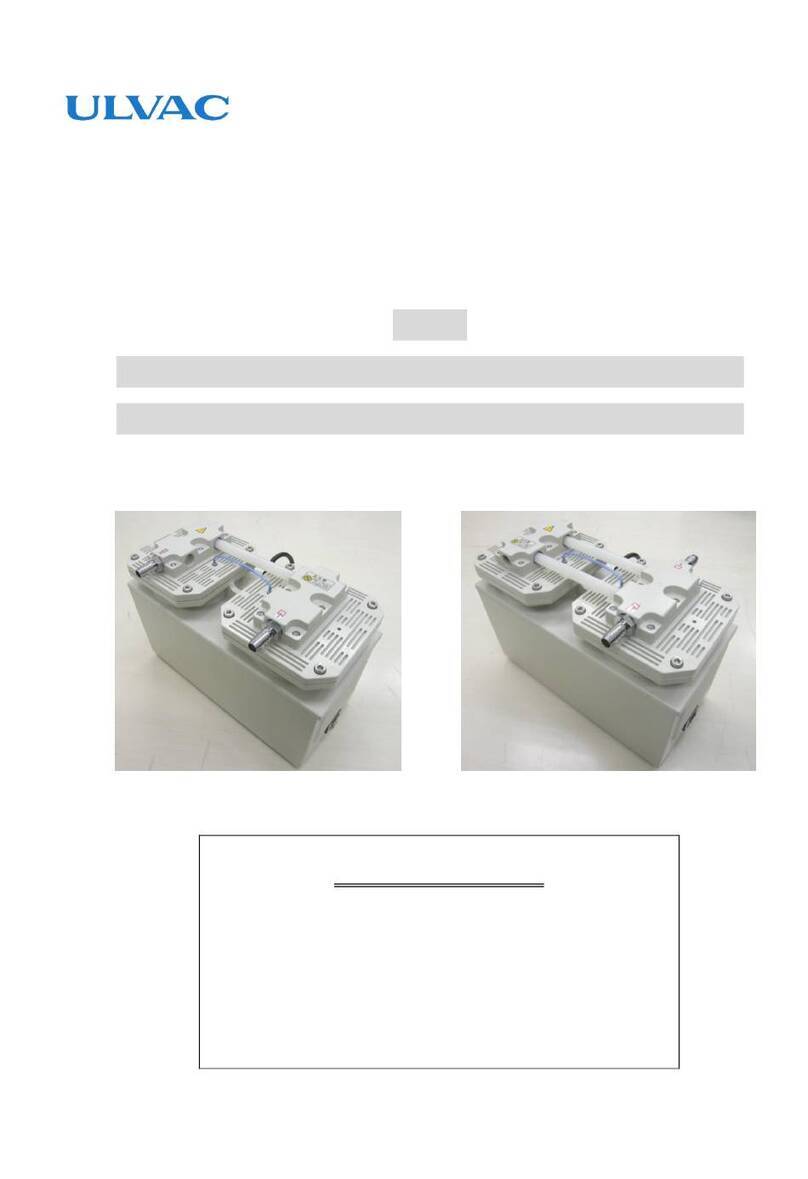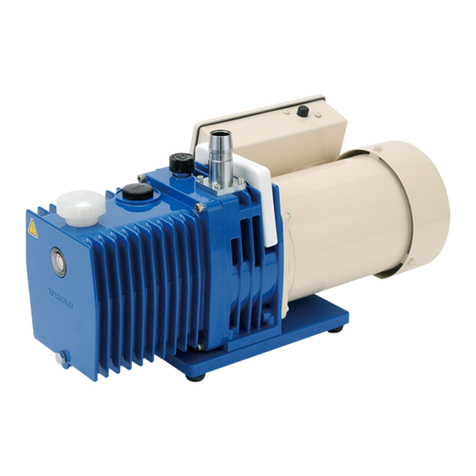Ulvac MD 4UC NT User manual
Other Ulvac Water Pump manuals

Ulvac
Ulvac CRYO-U Series User manual

Ulvac
Ulvac DTC-41 User manual
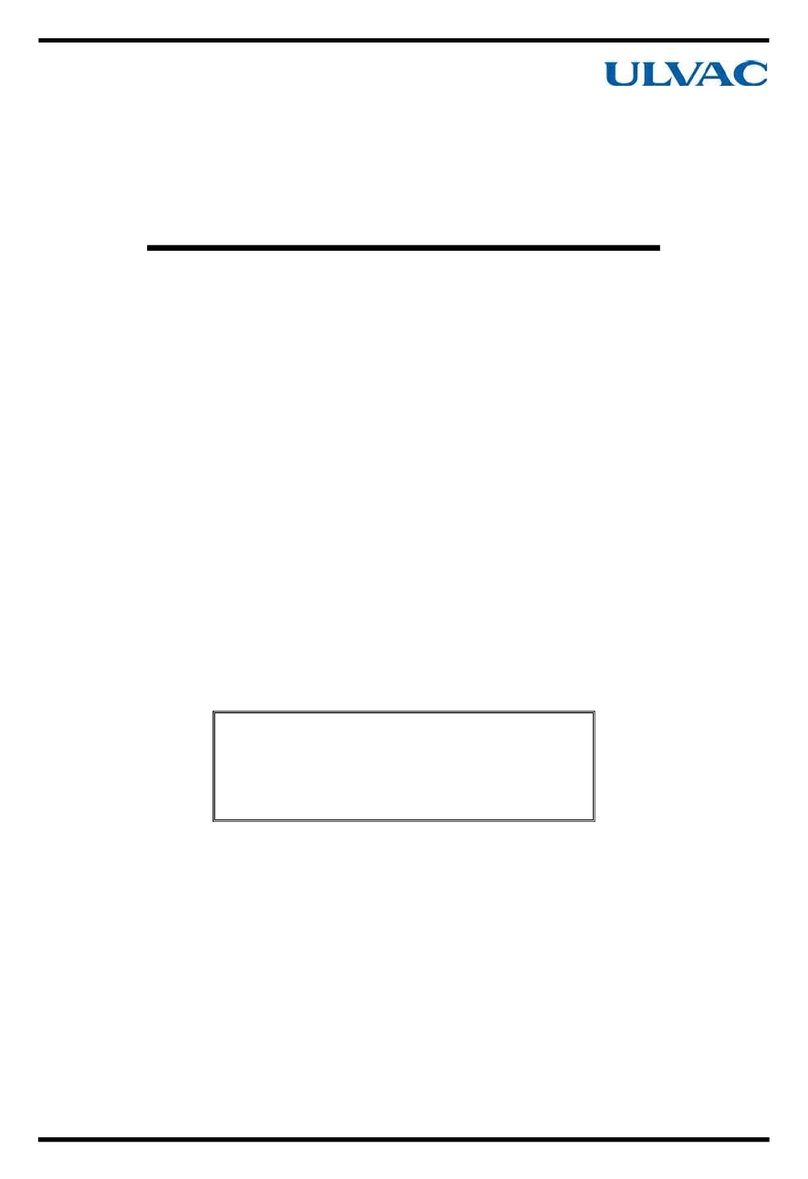
Ulvac
Ulvac GR60 User manual

Ulvac
Ulvac DTC-22 User manual
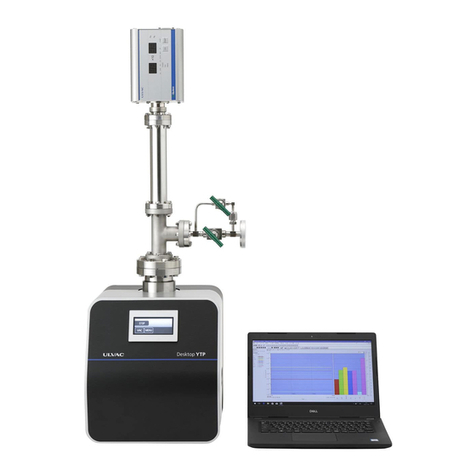
Ulvac
Ulvac Desktop YTP User manual
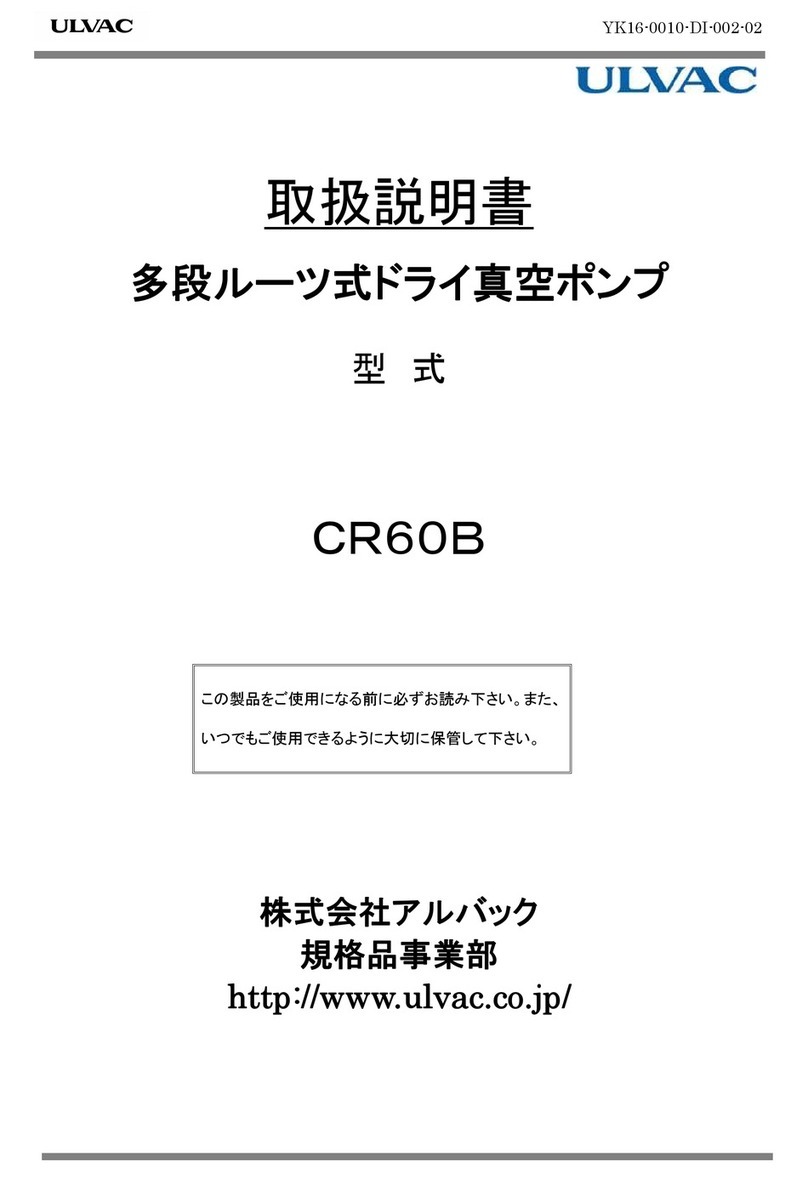
Ulvac
Ulvac CR16B User manual
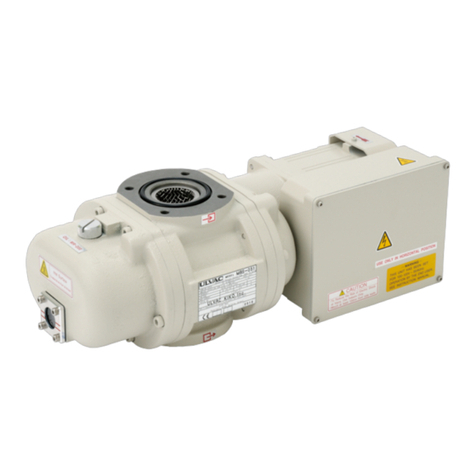
Ulvac
Ulvac MBS-053 User manual
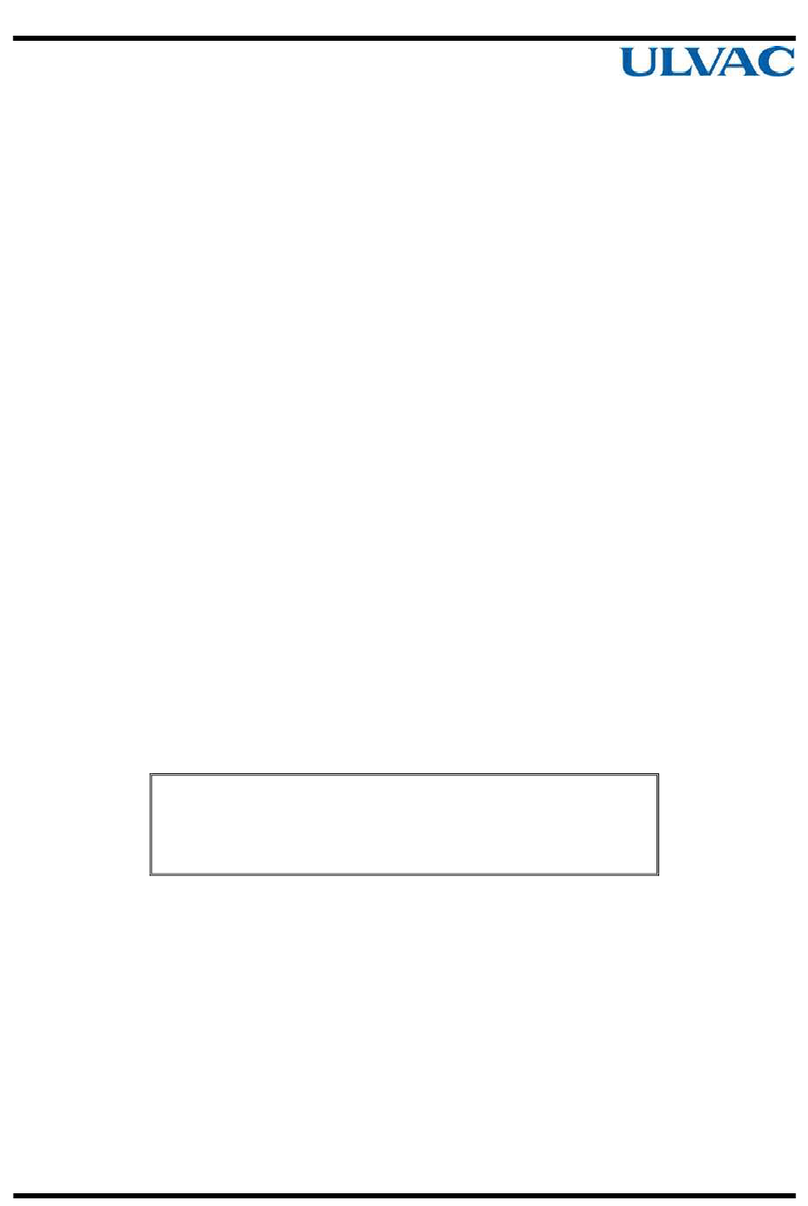
Ulvac
Ulvac VD151 User manual
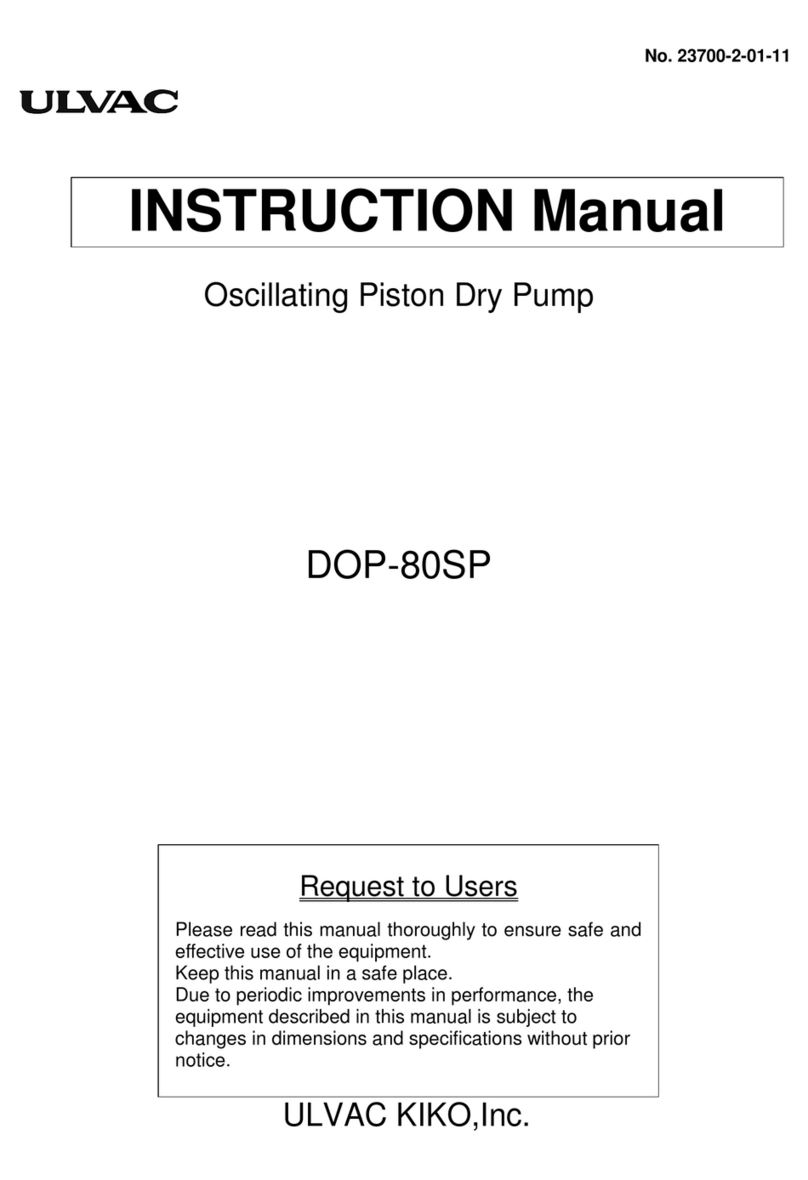
Ulvac
Ulvac DOP-80SP User manual
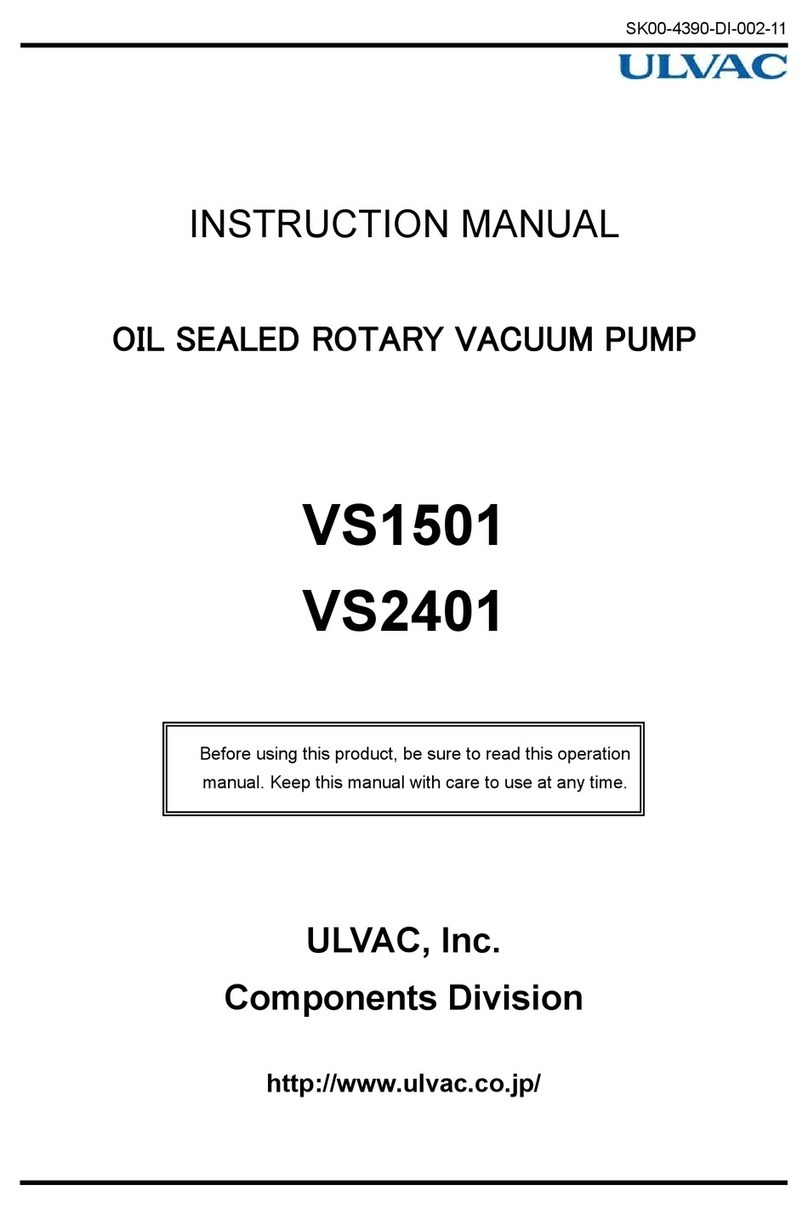
Ulvac
Ulvac VS1501 User manual

Ulvac
Ulvac DAP-6D Series User manual

Ulvac
Ulvac UTM300B User manual

Ulvac
Ulvac UTM1600 Series User manual
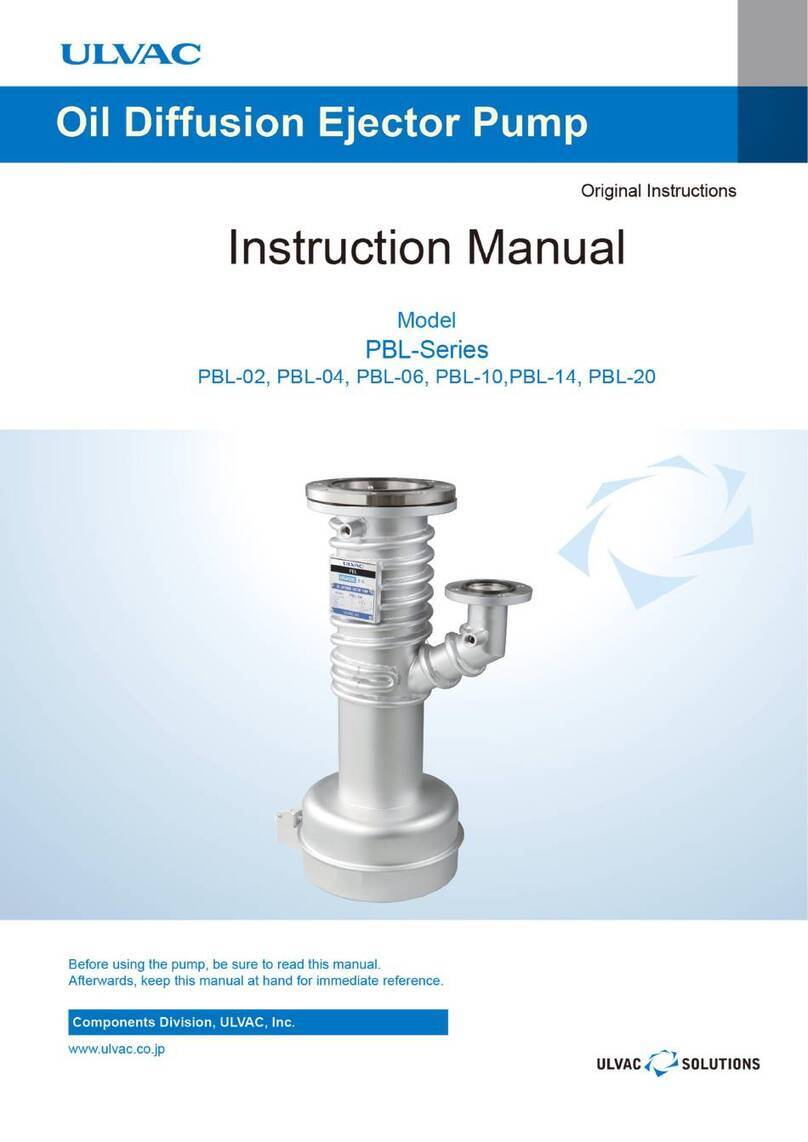
Ulvac
Ulvac PBL Series User manual
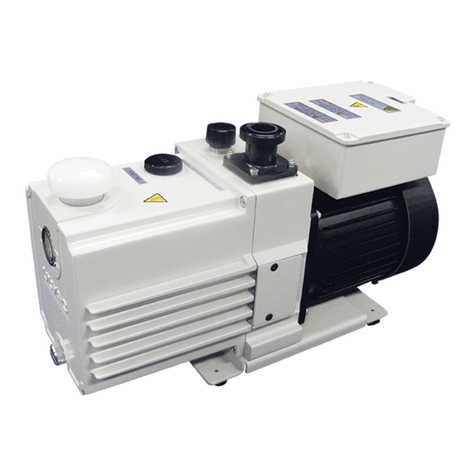
Ulvac
Ulvac GHD-101A User manual
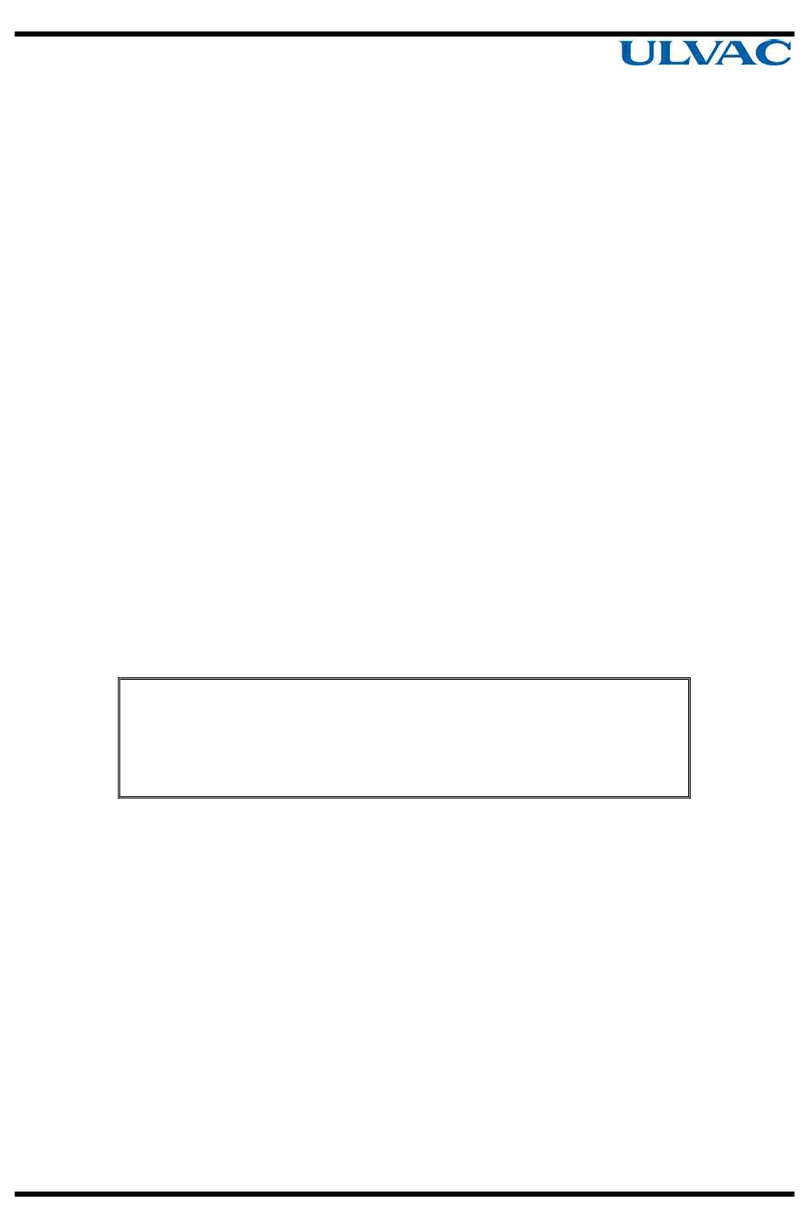
Ulvac
Ulvac PMB-040C User manual

Ulvac
Ulvac CRYO-U Series User manual

Ulvac
Ulvac GLD-137CC User manual
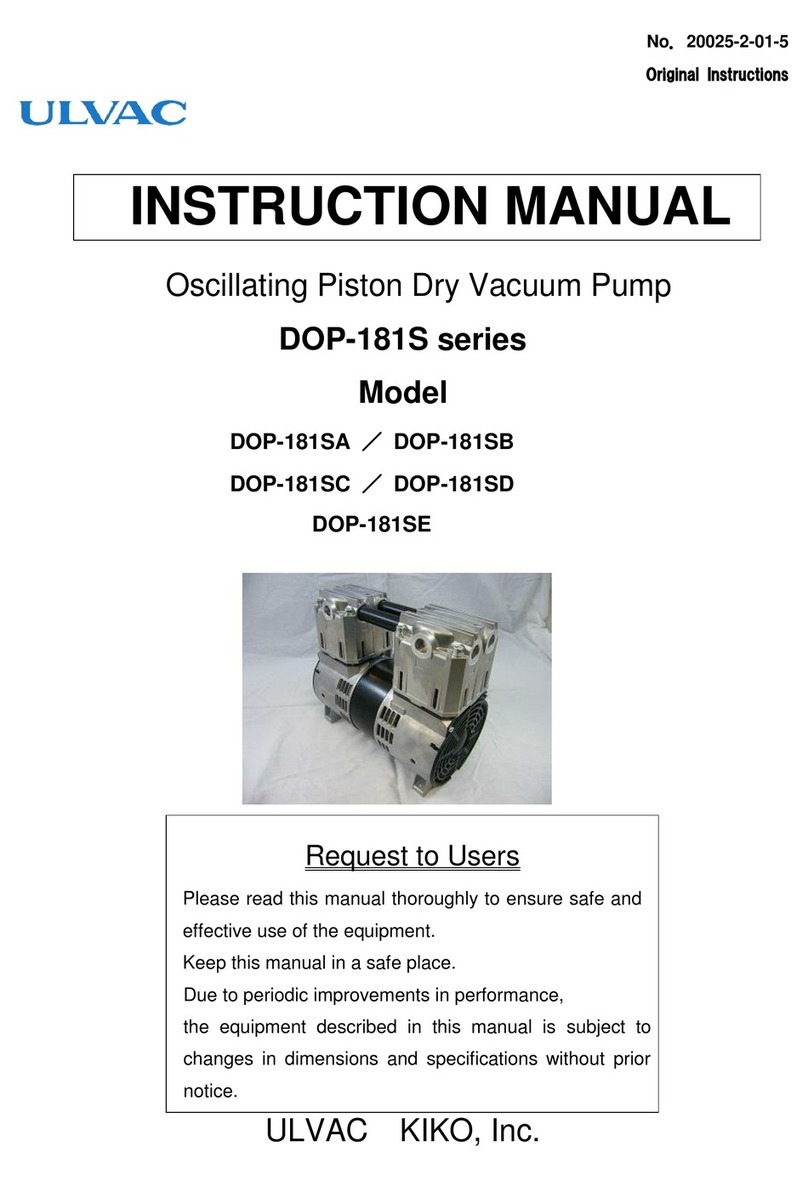
Ulvac
Ulvac DOP-181S Series User manual
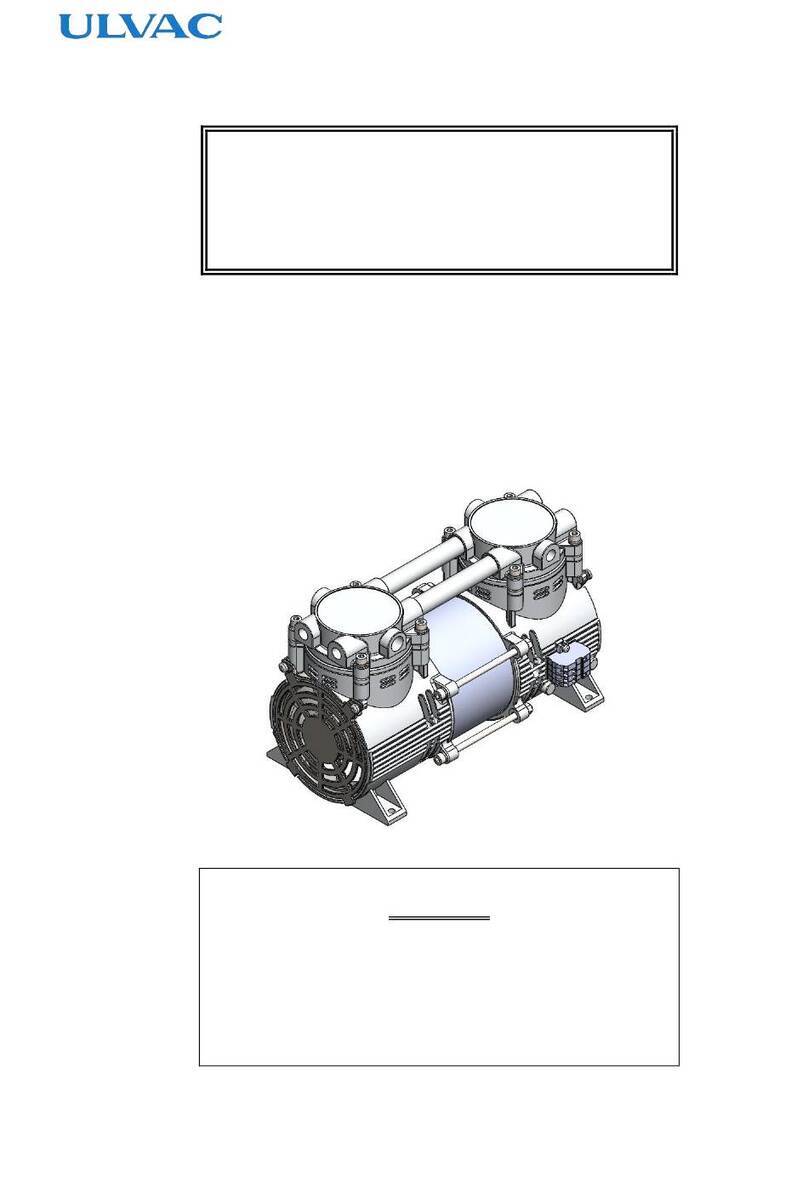
Ulvac
Ulvac DOP-120SX User manual
Popular Water Pump manuals by other brands

Watershed Innovations
Watershed Innovations HYDRAPUMP SMART FLEX Instructional manual

Graco
Graco Modu-Flo AL-5M instructions

Messner
Messner MultiSystem MPF 3000 operating instructions

Xylem
Xylem Bell & Gossett WEHT0311M Installation, operation and maintenance instructions

WilTec
WilTec 50739 Operation manual

Franklin Electric
Franklin Electric Little Giant 555702 HRK-360S instruction sheet

Ingersoll-Rand
Ingersoll-Rand PD02P Series Operator's manual

VS
VS ZJ Series Operating instruction

Flotec
Flotec FPZS50RP owner's manual

SKF
SKF Lincoln FlowMaster II User and maintenance instructions

Xylem
Xylem Lowara LSB Series Installation, operation and maintenance instructions

Water
Water Duro Pumps DCJ500 Operating & installation instructions

Action
Action P490 Operating instructions & parts manual

Flo King
Flo King Permacore Reusable Carbon Bag Disassembly. & Cleaning Instructions

ARO
ARO ARO PD15P-X Operator's manual

Pumptec
Pumptec 112V Series Operating instructions and parts manual

Virax
Virax 262070 user manual

Neptun
Neptun NPHW 5500 operating instructions

